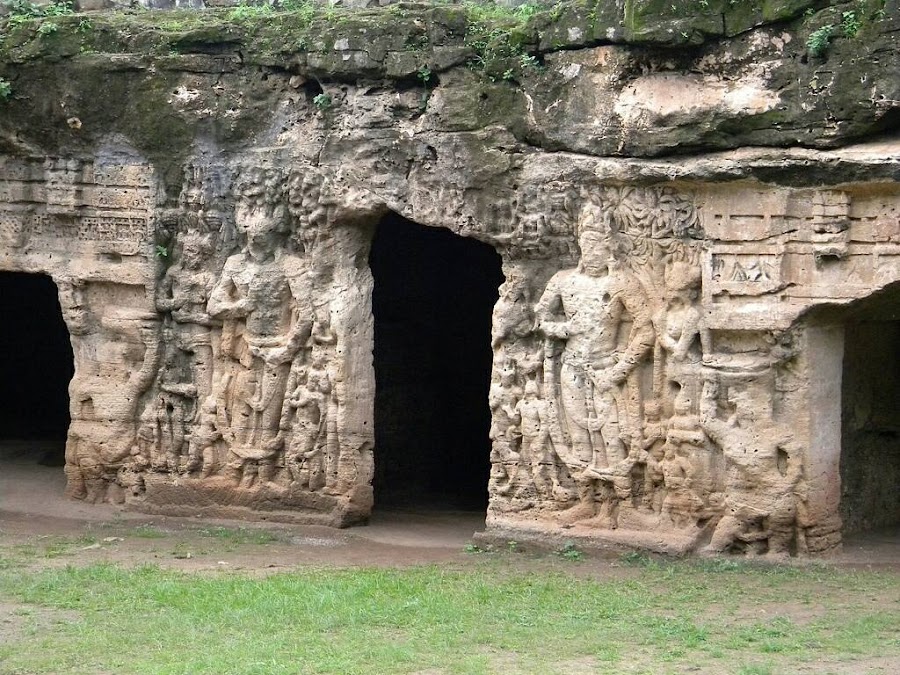
Khambhalida Caves
Rajkot, India
- Enjoy peaceful surroundings
- Explore ancient cave carvings
- Learn about Buddhist history
- Photography of the caves
- Visit the central stupa
Known for:
Description:
Khambhalida Caves, located near Rajkot, offer a glimpse into ancient Buddhist monastic life. These caves, carved out of limestone, feature three main caves, with the central one containing a stupa. The site is adorned with carvings of Bodhisattvas and other figures, showcasing the Hinayana Buddhist influence. Though modest in size compared to other rock-cut caves in India, Khambhalida provides a tranquil and historically significant experience. The surrounding landscape adds to the serene atmosphere, making it a worthwhile visit for history enthusiasts and those seeking a peaceful escape. The caves are a reminder of the region's rich cultural heritage.
History:
The Khambhalida Caves are believed to date back to the 4th-5th century AD and are associated with the Hinayana sect of Buddhism. These caves served as a monastic retreat for Buddhist monks. The carvings and the stupa within the main cave indicate the presence of a small Buddhist community that lived and practiced here. The caves were likely abandoned sometime later and remained relatively unknown until their rediscovery in recent times. The site offers a tangible connection to the early spread of Buddhism in the region and is a testament to the architectural and artistic skills of the time. It provides valuable insights into the religious and social life during that period.